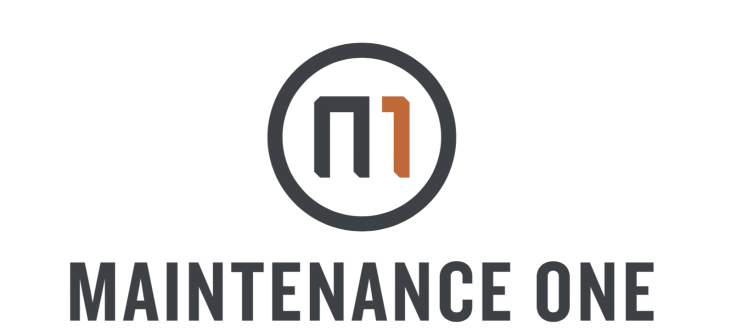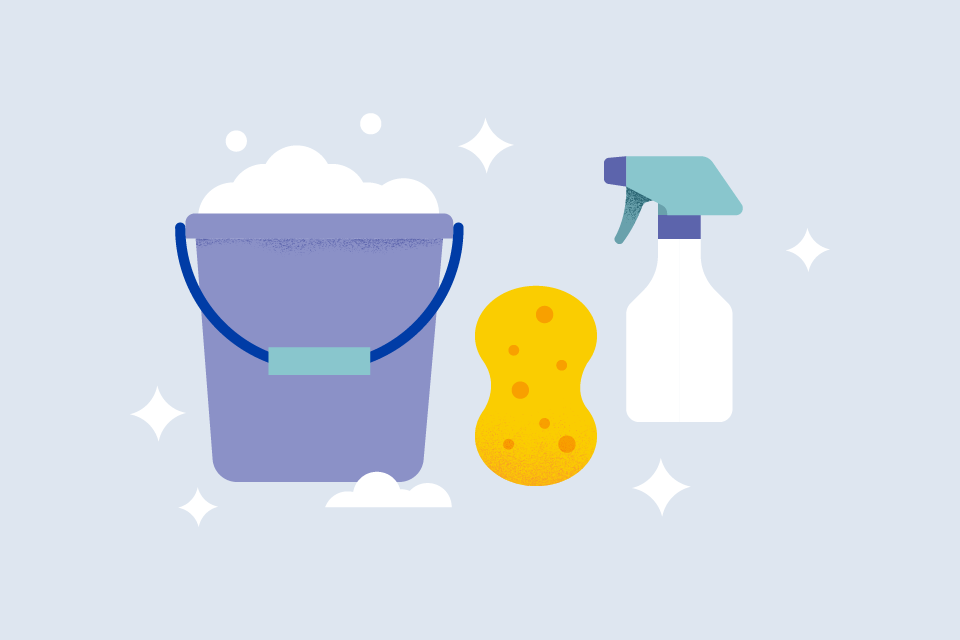Disinfecting and sanitizing is on everyone’s mind these days. With 2020 being a year devoted to making all public places safe for visitors and employees, it’s no wonder hand sanitizer and other chemicals designed to kill microscopic threats are on every corner in 2021.
But keeping an establishment clean and safe involves several steps that each rely on the one that comes before it. Missing out on steps 1 or 2 impact the effectiveness of steps 3 and 4. Following these easy steps before the deep cleaning will help maximize your disinfecting tasks.
Clear the Clutter
If we’re worried about the microscopic, we first have to take care of the macroscopic. Trash and crumbs that are visible to the naked eye act as a breeding ground for all sorts of growth and mold. Not only that, they also shield surfaces depending on your angle of cleaning—even if you move it around or sweep it to the side. A balled-up wrapper may have several unclean surfaces a simple spray won’t reach, or crumbs might mold and decay from within. Both cultivate unwanted bacterial growth.
Clutter doesn’t have to refer to trash either. It can refer to anything on a surface keeping you from cleaning efficiently. A desk keyboard isn’t garbage, but it and any desk detritus that isn’t handled correctly may exacerbate disinfecting that desk.
Beyond that mess, there’s the stickier problem of residue.
Remove the Residue
The cleaning process (the degree of cleaning before sanitizing and disinfecting) is responsible for removing the messes, spills, and up to 97% of the germs on a surface. So when you forego cleaning up the sticky messes, you don’t disinfect the surface—you disinfect the mess on top.
The cleaning required to remove residue is not necessarily in-depth. All it takes is an appropriate chemical cleaner, a minute or so to soak, and a firm, scrubbing tool to clean it up. This all helps loosen any hard-to-shift grime and dirt before wiping it away.
Cracks and tiling are a particularly rough situation to clean residue from, as grout layers are often more porous than, say, a tile floor. This can lead to dirt getting caught in the grout to act as a perpetual source of microscopic trouble. Failure to keep a surface with porous material maintained regularly only makes the problem worse as the build-up gets harder and harder to completely remove.
Organize the Office
The answer, on paper, is simple enough: clean up trash and wipe down messes before disinfecting. But in practice that idea gets complex in how and where you implement it. Something everyone at your facility can do is clean up after their own messes. Have a birthday party in the break room? Everyone’s probably got the minute or two to make sure their spot is clear and clean afterward.
The way to keep a facility clean in the long-term and building-wide, though, is with a dedicated routine tailored to specific locations. You don’t need a team going into every empty conference room with a bucket and mop before breaking out a sanitizer—that’s a waste of time and resources. But you do need a team of people who know how to tackle your specific problems.
At Maintenance One, we know that not all messes are created equal. As commercial office cleaning experts, there’s a time and place for every cleaner or sanitizer to save time and money. If you have a question regarding your cleaners or your routine, feel free to contact us. We’d be happy to discuss your concerns or take on the job of cleaning and disinfecting your facility. Whether it’s daily assurance or quarterly deep cleans, feel free to reach out to us for a quote.


